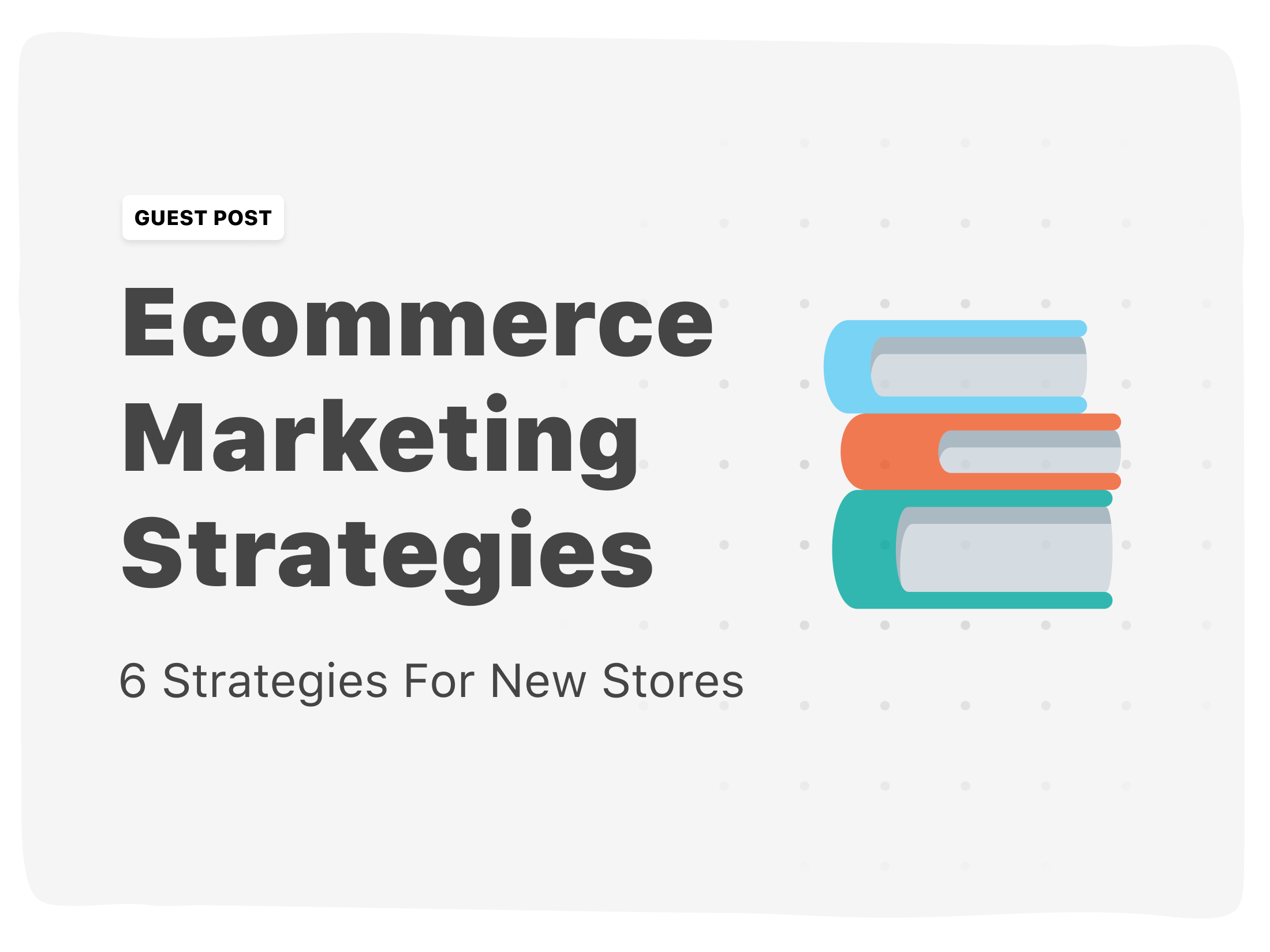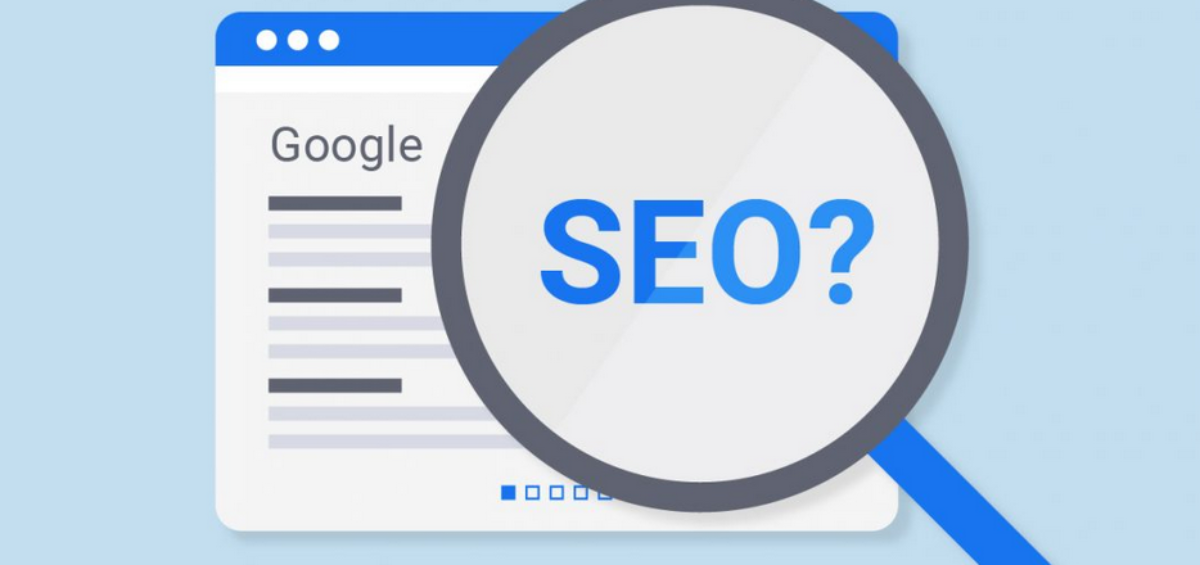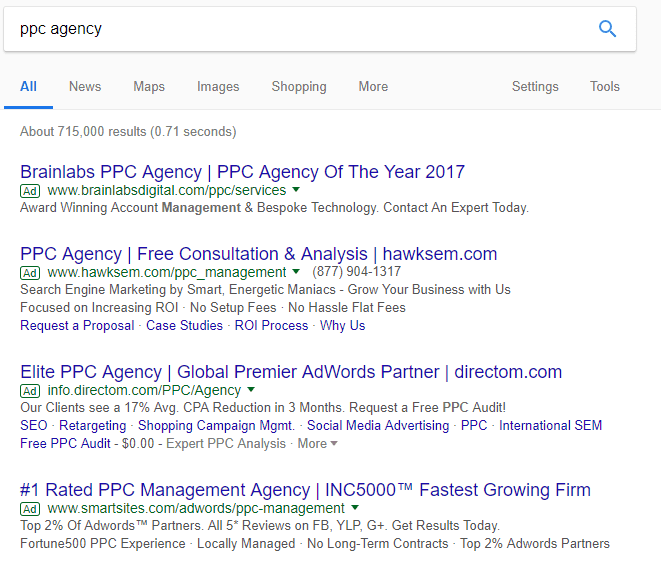6 Best Ecommerce Marketing Strategies For New Stores

This is a guest post submitted by Mike Austin from Adrack.
Starting an online store is one thing. But knowing how to bring people to your ecommerce store and potentially part with their money is another thing entirely.
Ecommerce is an exciting opportunity for entrepreneurs. Whether you're looking for part-time income to supplement your lifestyle or setting out to become the next online mogul.
In this guide, we’re looking at how to market your online store and get new eyeballs on your products. This is the only way an ecommerce platform is ever going to grow.
Fortunately, a good strategy doesn’t have to cost a fortune, and you don’t have to hire a marketing genius to learn how to get customers through the “door” of your online store.
Here are 6 ecommerce marketing strategies new stores can focus on now:
SEO
Search engine optimization is the art of getting your website to the top of Google (and other search engines) for certain search terms.
A lot goes into SEO, such as building links to your website, and making sure your content is high-quality. These are things you should be doing anyway.
If you want to learn about SEO yourself, there are some gurus out there like Kevin Indig who can help you - here's some of Kevin's advice on how to grow organic traffic. You can also work with agencies to boost your rankings.
 SEO is a long-term growth strategy. Source: Infographic World
SEO is a long-term growth strategy. Source: Infographic WorldEvery new product you have available on your website is another chance to rank in Google and take sales that would be going to other websites if not. Don’t miss a chance to optimize.
Social Marketing
Knowing how to open an online store is easier if you have a social following already, but if not, you can build your social following and try to promote your store through Facebook or other social media.
Platforms like Instagram have become really popular for social ecommerce as they are so visual. An eye-catching product or offer can be spotted easily on Instagram.
Social marketing can help you to build a sales funnel, and people may express an interest in your brand or give you their email address. You can then use lead distribution software to try and create a simple way to convert these people into paying customers.
It might be as simple as sending discount codes or asking if you can help with their product requirements.
You might also like: Facebook and Instagram Shops: Setting Up In Minutes
AR and VR usage
This strategy takes a little bit of forethought. If you know how to start a store in the furniture niche or fashion niche, you might need to learn how to implement AR and VR, so that people can envisage your products in their hands.
A great way to do this is to create a method for products to “overlay” on their camera feed, so customers can picture what your product is going to look like in their home.
AR and VR are likely to continue to grow. Make sure you don’t miss out on these trends.

Good Content
In this day and age, whether you’re involved in ecommerce development, social media management, or pretty much any other form of marketing, good content is the start of virtually every marketing strategy. Why would anyone visit your site if you don’t have something to offer them?
Good content might come in the form of a great ad that gets shared all over socials, or it might be in the form of an interesting or educational article on your ecommerce site. You could create the ultimate guide to buying a specific product or create comparison articles so that people can use this. These strategies will help drive traffic and hopefully get you some shares.
Content marketing is immensely powerful. If you think about how many pieces of content you see on social media every day, you will realize what a huge opportunity this could be for your ecommerce brand.

Usually, the buying decisions we make are influenced by content that we have seen, whether it is a review, editorial content, or just a really well-written product description. Every aspect of your content is important.
As well as grabbing peoples’ attention, content can make you look professional (or have the opposite effect). Misspelling words, or creating a website that doesn’t look good, can put buyers off - potentially forever.
Collaboration
This is a method that a lot of new ecommerce stores use to great effect. Collaboration with an existing brand can sometimes be difficult, but it is possible. For instance, if you sell fitness equipment, you could look to work with a fitness magazine on a giveaway. It’s time to get creative and think of what you can offer other businesses.

As well as collaborating with potential businesses, there is a world of opportunity on social media or elsewhere online thanks to the rise of the influencer. Fitness brands and fashion brands are great examples of how you can use an influencer’s reach to grow.
You may have to part with some goods or money to work with an influencer and get them to share your product or offer with a partner, but it is a way to tap into the social following they have built up, as well as the trust their audience might have.
Offering free products for review is one method, but a lot of influencers get offers like these all the time, so you might need to come up with something to grab potential partners.
PPC
PPC stands for “pay per click” and this is a form of advertising that does pretty much what it promises to. Advertising networks such as AdWords make your product show up on Google shopping results, or as a paid search result, or even on other peoples’ websites if they are signed up to AdSense.
 PPC can get you results, fast. Source: AdEspresso
PPC can get you results, fast. Source: AdEspressoPPC can be a tough world to wrap your head around, but it is one of the most effective ecommerce marketing strategies out there. There is an initial cost outlay, as you will set a budget and be charged every time someone clicks through to your website.
In certain niches, the cost can be quite high, but in others, there are some hidden gem keywords to target that can lead you to fantastic results even on a relatively small budget, so it doesn’t have to eat away at your ad budget.
Another one of the best things about PPC is the fact that you can set your budget based on the size of your business. You might just spend $50 a month while you experiment. There isn’t a need for huge investment until you get to the point where you feel you will be getting a good return.
Conclusion
There are different approaches you can take with a new ecommerce store. Some people go for a big launch and try to get huge sales from the outset, but others like to feel their way into the industry and learn how to open an online store slowly, to keep up with growth.
Growth will usually only ever come if you are working hard on your marketing in this industry. Consider what niche you are opening your store in, as this will play a big part in the best spaces you choose to market your product and the brands and influencers you try to work with as you get people to visit your new store.

About the author:
Mike Austin is a marketing and creative content specialist at Adrack.com and working in the Digital Marketing industry since 2009. As a conversion-driven marketer, he is passionate about helping businesses expand their online visibility and reach their goals.